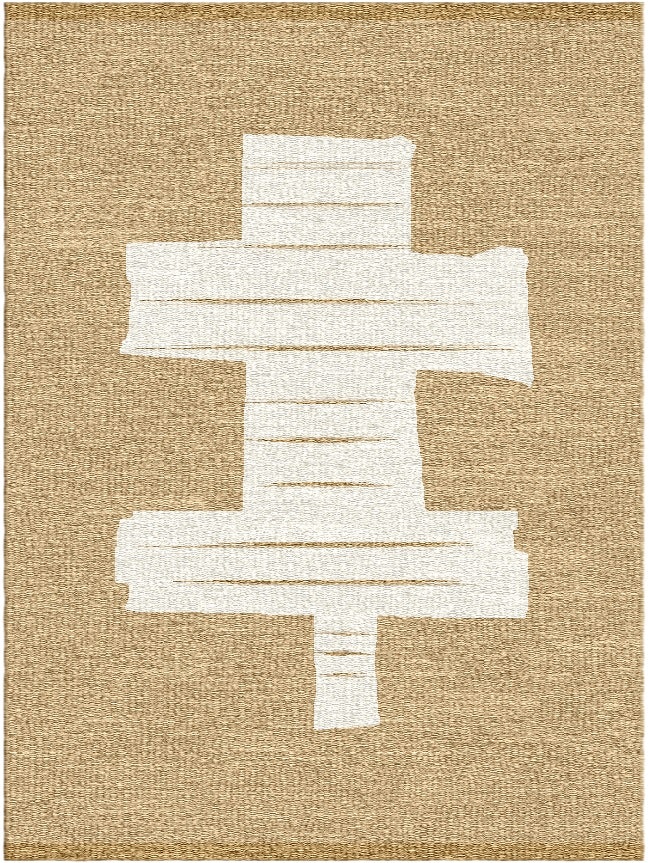
The Tao of Tarlow
Design icon Rose Tarlow has been immersed in the world of design since the 70s, and she brings that wealth of experience to everything she touches.

I like something in a room that has a little eccentricity and personality.

An Antique Beginning
HOW DID TARLOW’S CAREER lead her to this chapter of her design journey? “My formal education was at the NYSID, but I was really self-taught,” says Tarlow. “The best school for design is experience and working for people who know more than you do—because you can read every book on furniture, but when you go out into the world, you never see those pieces.”
In many ways, Tarlow started with real world furniture— keeping her focus on curating finds and founding R. Tarlow Antiques in the 1970s. “When I first started out, I just sold antiques,” recalls Tarlow. But after a move to Los Angeles, the business evolved into Rose Tarlow Melrose House. “I was motivated to expand because people needed older pieces and newer pieces,” she explains. “When I couldn’t find what I needed for my designs I would make it.” Though a part of the Rose Tarlow magic, as Martha Stewart once observed, is that many of her contemporary creations could pass for beautifully preserved antiques. Both old and new would come into play as the interior design side of Tarlow’s pursuits progressed. But Tarlow resists being defined by a single, signature style. “I mix things together in a very thoughtful, careful way,” she says. “I like something in a room that has a little eccentricity
and personality.” It’s a penchant that led journalist Julie V. Iovine to call her creations “rooms of haunting luxury packed with enough rarities and idiosyncratic touches to upstage a Zeffirelli opera set” in The New York Times.

A Perennials Favorite
So how did Tarlow come to work with Ann and David Sutherland? “We have a very funny history,” she remembers. “One day David walked into my shop and said, ‘You have to give me these pieces to put in my line’. He really discovered me not as an antique dealer but as a furniture designer.” The relationship would flourish, leading to the first Perennials Rose Tarlow Melrose House collection—a sophisticated series calling to mind well-heeled folk in tweed and pinstripes. Tarlow said she had no trouble translating her vision into textiles meant to withstand both sun and stain. “David and Ann were the first to make fabrics that would
be good inside and outside, and it encouraged the whole industry,” she says. “They were the innovators of outdoor.”
After a successful first outing, it makes sense that Tarlow is taking another turn. But if the first designs spoke somewhat of the city, this one is pointed squarely at the seashore. Tarlow has expanded her exploration of color in this collection. But each shade is carefully attuned to achieve the kind of weathered warmth one associates with salty sea air and wood cured by time and sunlight. “I love the look of Nantucket,” says Tarlow—noting that the area is “one of my favorite parts of the country.”

In some ways, this has been an unexpected journey for Tarlow, considering where she started. “I never really thought I was interested in design,” she recalls. “When I had my first apartment and had to pick fabrics out, I didn’t like anything.” Ultimately, she decided that her talent lay in the act of choosing. “I recognized that my gift was being discerning,” she says.
Many of the principles that motivate Tarlow are deceptively simple. To create a sense of comfort and coziness, she recommends surrounding yourself with the things you love. She doesn’t chase trends but understands that they are worth learning from because of how powerfully they motivate people. And her wish list for the future includes designing for a small boutique hotel. “Other than that, my life is very full, and I don’t have aspirations,” says Tarlow.

But if you’re looking to dive deeper into Tarlow’s design mind, she’s created two extraordinary documents. The Private House (Clarkson Potter, 2001) offers a look into some of the extraordinary homes she’s decorated and the philosophy that motivates a designer. Meanwhile, Three Houses (Vendome Press, 2022) meditates on the East Coast childhood home her family lost to a fire, even as it explores Tarlow’s later, thoughtfully accoutered homes in Stone Canyon and Santa Barbara, California, and Provence, France. “My books have everything that represents me,” says Tarlow. “They capture how I like to live and how I surround myself: what makes me happy and what works for me and my family.”

And perhaps not necessarily knowing what prompts her designs is part of the beautiful, serendipitous journey of Rose Tarlow. “I never know where my inspiration is going to come from,” she says. “In my book, there are ladders because I walked in a shop, and a man was on a ladder, and I loved that.” She laughs. “I don’t seek it; it just finds me.”





